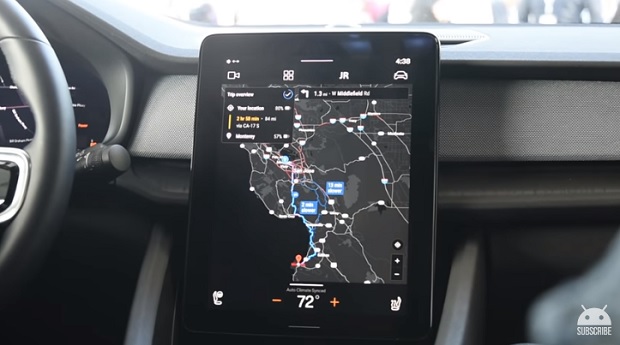Shipments of new vehicles with Android Automotive-based In-Vehicle Infotainment (IVI) systems will reach 36 million shipments in 2030, according to analyst firm ABI Research.

This will surpass shipments of cars with QNX-based IVI systems in 2027, and vehicles with Automotive-Grade Linux (AGL)-based IVI systems in 2029, ABI said.
“The migration from closed systems to open-source platforms such as AGL provides considerable savings in development due to the enormous community of developers. Therefore, prominent carmakers like Toyota and Audi have migrated from QNX to AGL,” said Maite Bazerra, analyst at ABI Research.
However, with Google entering the automotive segment and bringing the first Android Automotive into a car in 2020 in collaboration with Aptiv, both QNX and AGL are losing space.
Android Automotive is ideal for mass-market vehicles because it contains the main automotive extensions (e.g., audio, navigation, and Bluetooth stacks) pre-developed, reducing time and cost of development, even in comparison to AGL.
“Moreover, built-in Google services provide access to other connected devices and a smartphone-like experience to the cockpit at lower costs,” Bazerra added.
A growing focus on improving in-vehicle perception to advance automotive safety will drive the adoption of camera-based driver monitoring systems, resulting in $2.1 billion in revenue in 2030, ABI said.
“Formerly a niche system on high-end models, the technology will now be featured in the European New Car Assessment Program’s (EuroNCAP) testing protocols and will be mandated in the European Union (EU) from 2022. While the European Commission (EC) mandate will also cover Autonomous Electronic Braking (AEB), this will have the effect of reinforcing an already high penetration rate, whereas the Driver Monitoring System (DMS) growth is set to outperform all other active safety Advanced Driver-Assistance Systems (ADAS) due to minimal adoption to date,” said James Hodgson, principal analyst at ABI Research.
Core applications will include fatigue detection and attentiveness monitoring, with premium OEMs differentiating through value-added functions, such as gesture control. In the longer term, DMS will play a key role in monitoring driver engagement in semi-autonomous functions, said ABI.




